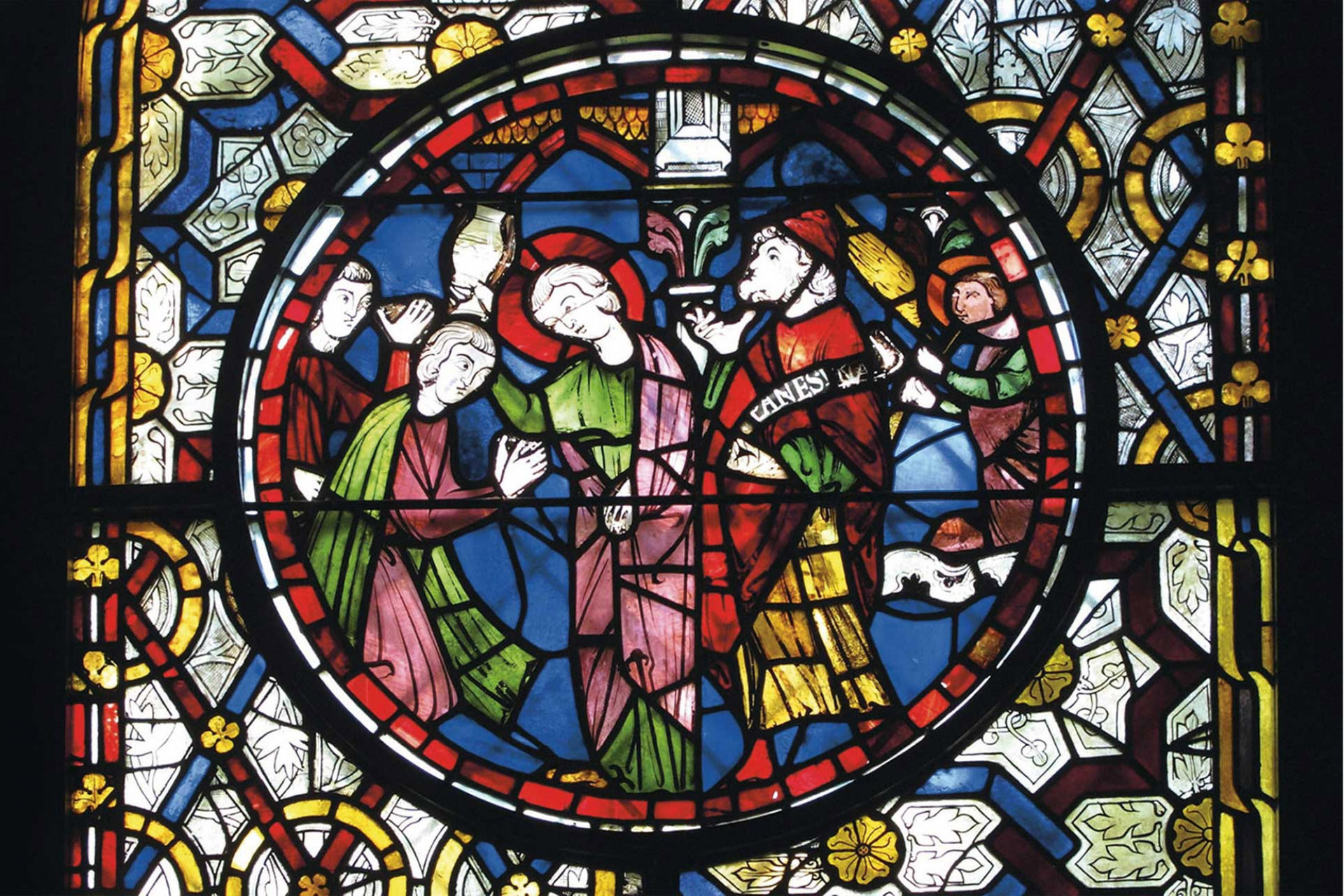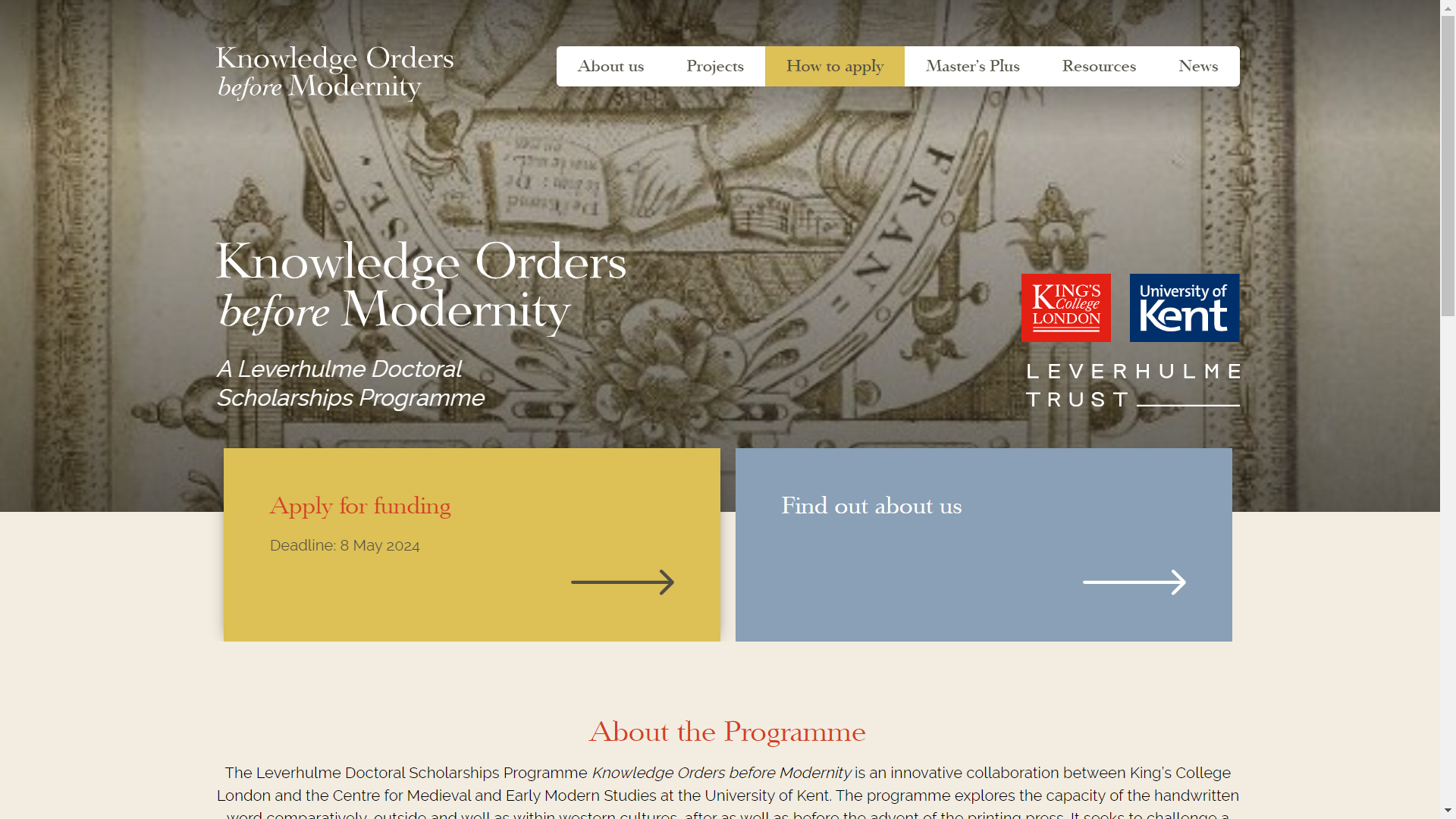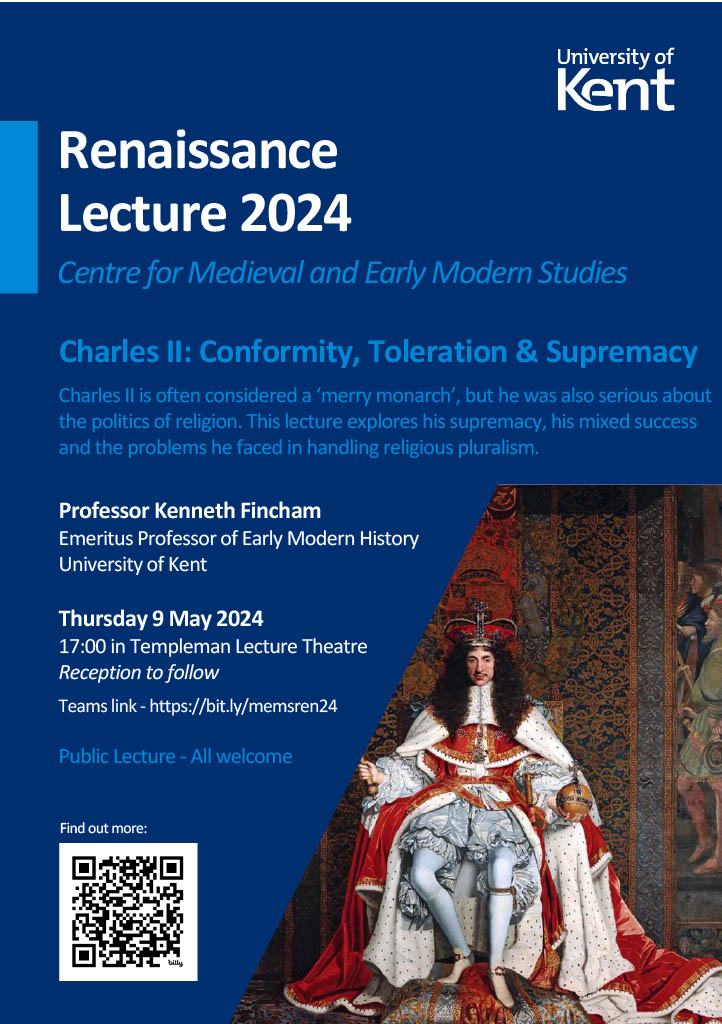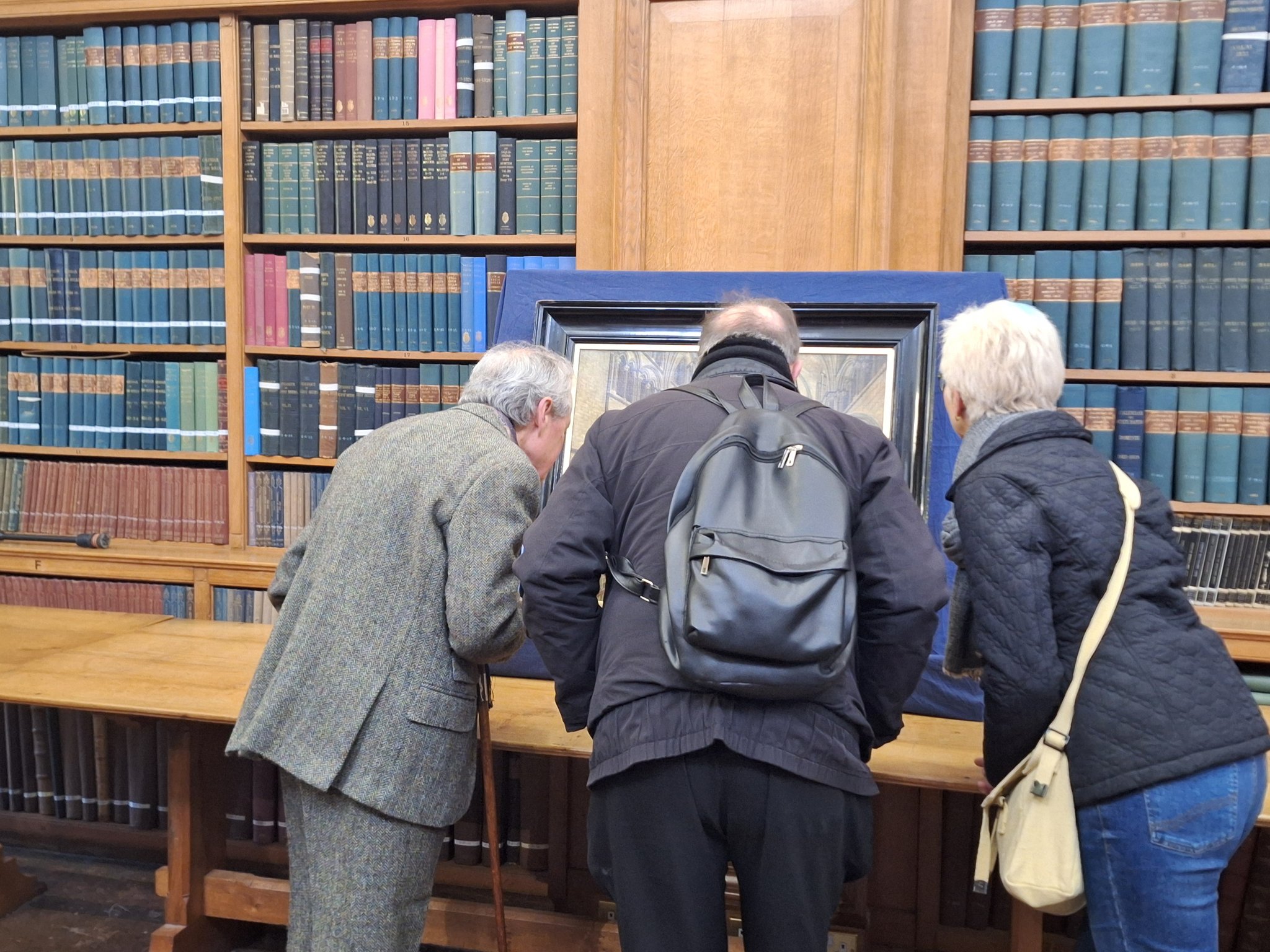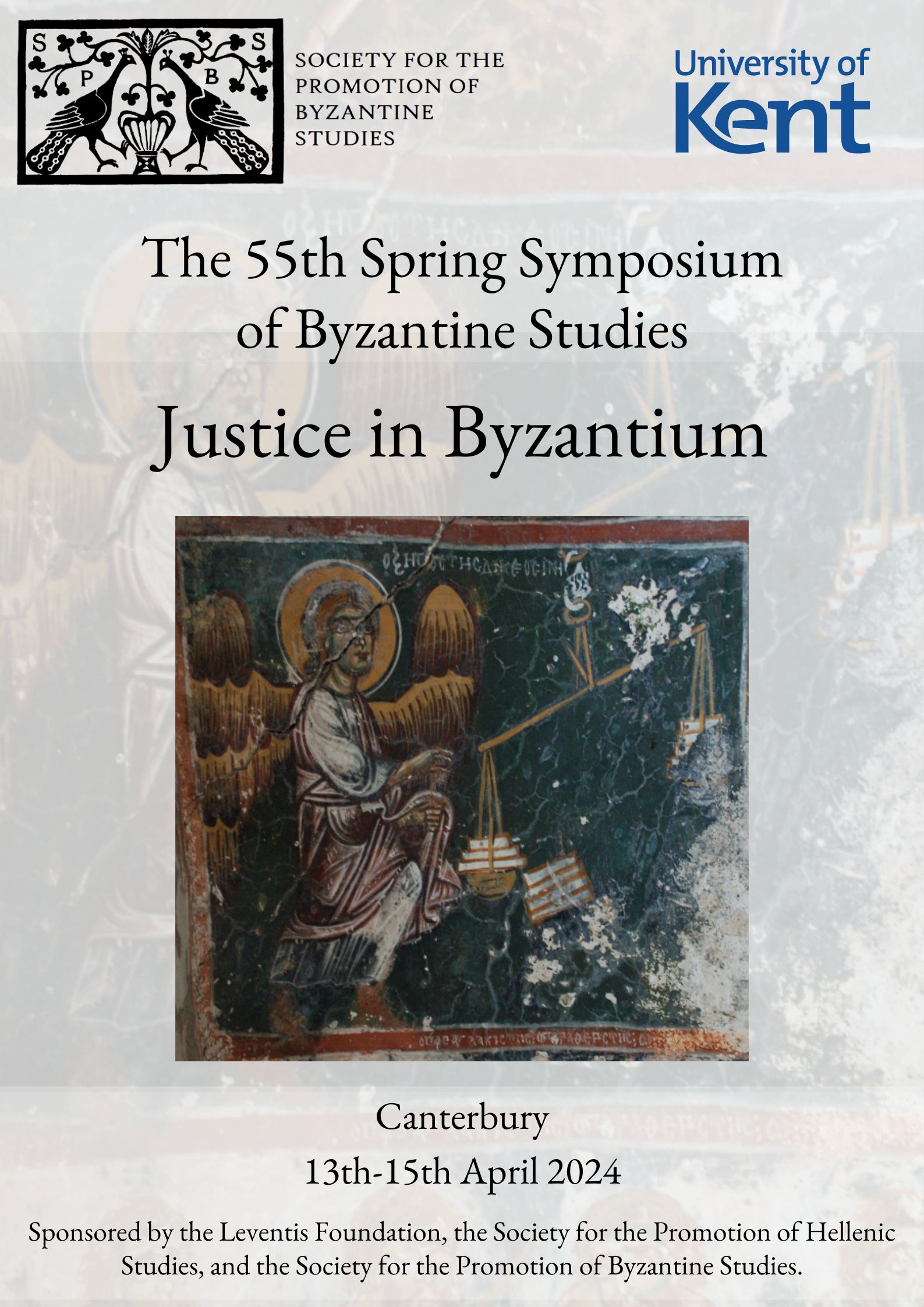Next week, over 2,700 medievalists will convene at the annual Leeds International Medieval Congress. As usual, several members of the MEMS community will be participating … Read more
Upcoming public lecture: Kenneth Pennington on ‘The Tyranny of Law’
On 7-13 July 2024, the University of Kent and MEMS will be hosting the 17th International Congress of Medieval Canon Law. Meeting every four years, … Read more
MEMSFest 2024 in review
Our annual PG-organised MEMSFest took place earlier this month. Rebecca Gaylord, MEMS MA student and conference co-organiser, looks back on the success of this year’s … Read more
Funding Available: MA+ Scholarship
As part of the Leverhulme Doctoral Scholarships Programme, Knowledge Orders before Modernity, MEMS is pleased to announce the availability of some generous funding for a … Read more
Registration open for MEMSFest 2024
There are many highlights in the MEMS calendar but none more so than MEMSFest, the annual early-career conference organised by members of the MEMS graduate … Read more
Prof. Fincham to give MEMS Renaissance Lecture 2024
One of the services MEMS provides to the wider community is to organise and host public lectures each year. These events celebrate the very best … Read more
Summer 2024 Programme
A series of events, film discussions, and workshops in association with MEMS. Open to all undergraduates and postgraduates. This series of summer events develops skills … Read more
Destruction in the Cathedral: PhD students report on the workshop
Ph.D researchers from the Centre for Medieval and Early Modern Studies and the School of History at the University of Kent, Amilia Gillies … Read more
Justice in Byzantium: conference programme available and registration open
Canterbury will this year be hosting the 55th Spring Symposium of Byzantine Studies. It will take place on 13th-15th April on the theme of ‘Justice … Read more
New Doctoral Funding now open for applications
The new Leverhulme Doctoral Scholarships Programme, Knowledge Orders before Modernity, is now open for applications. As its website explains, Knowledge Orders (or KOM for short) … Read more
